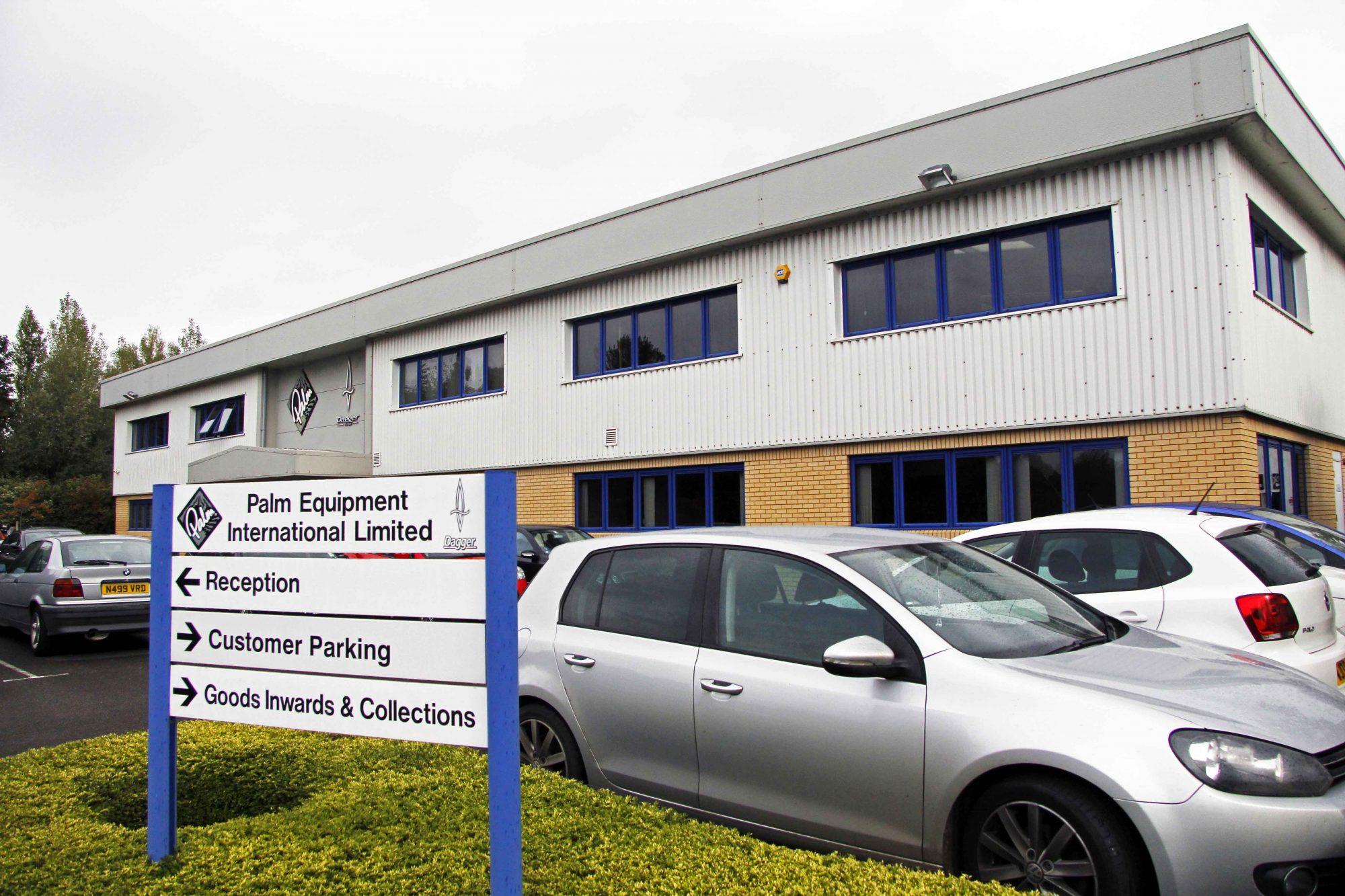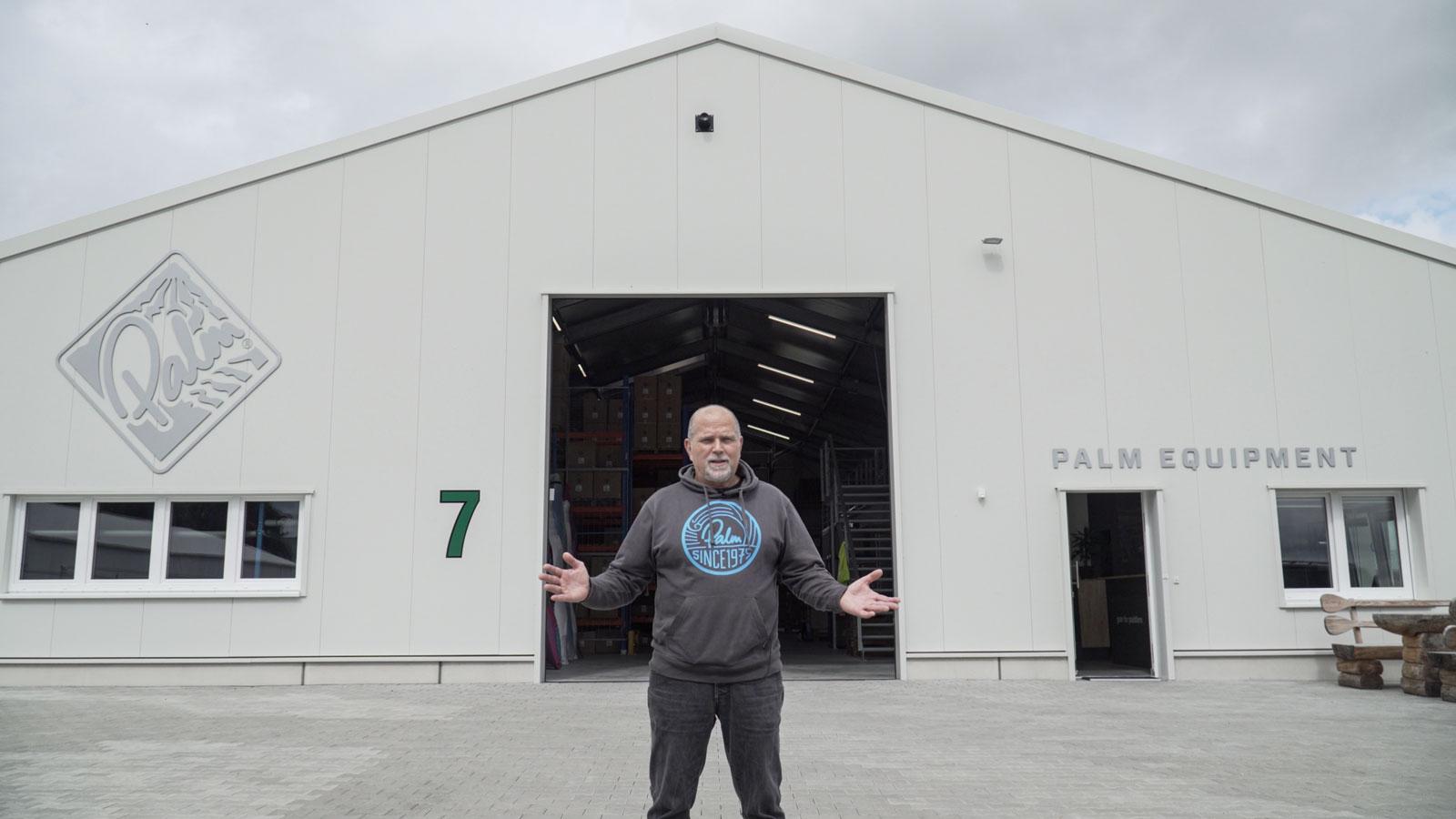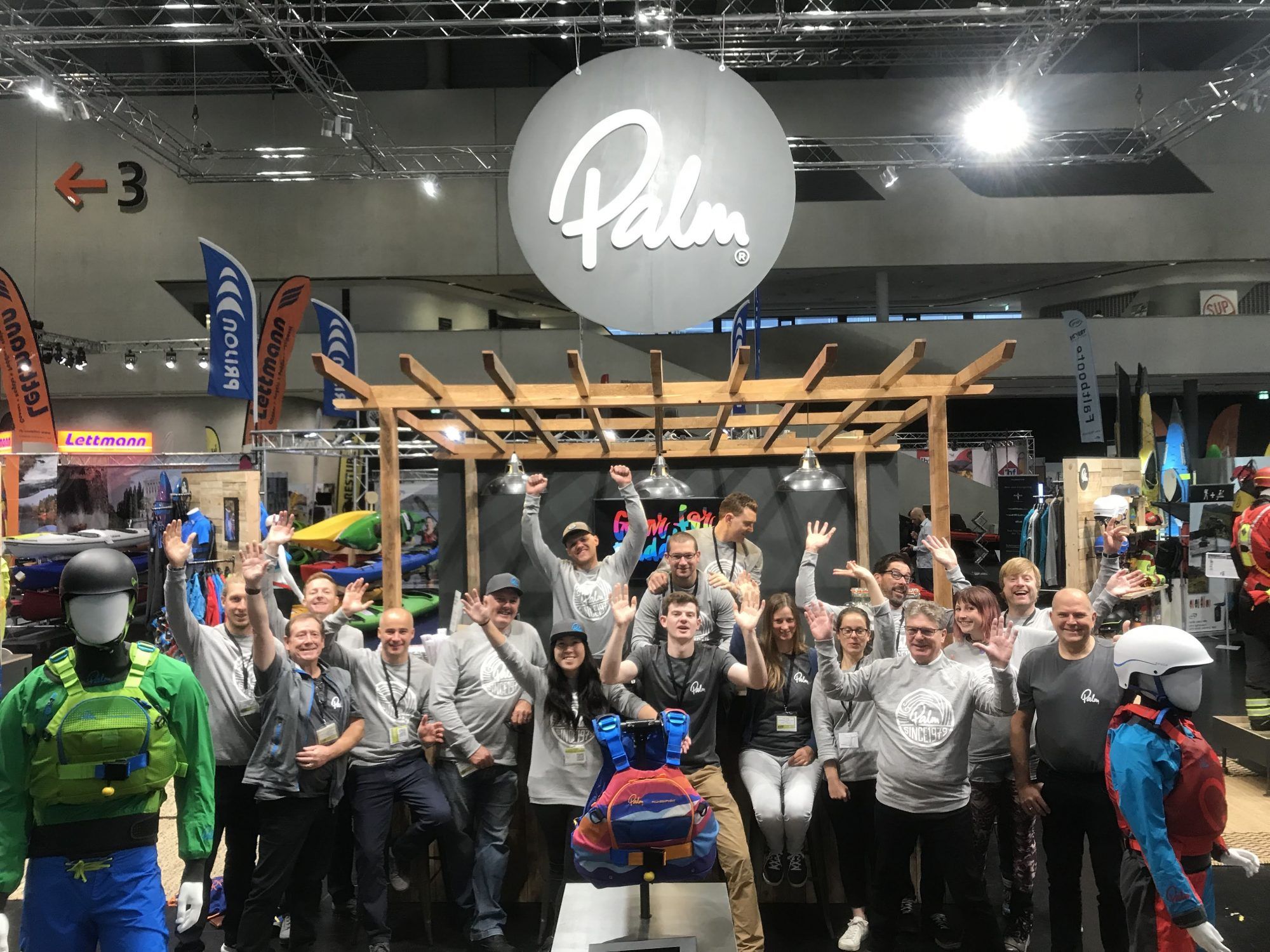Since 1979, Palm’s founder Andy Knight has kept things simple – make gear for paddlers. Here’s the story behind that mission …
Tents, Stingrays and surfing
Back in the 1970s, if you wanted paddling gear, you had to make it yourself – paddlesports stores were non-existent and the outdoor scene was just starting to grow.
Eager to explore local rivers, fourteen year old Andy Knight and his friends got together to have a go making their own kayaks. With some guidance from their school teachers, some glass fibre material and a bit of trial and error, Palm’s founder Andy and friends started making kayaks for themselves.
Canoe clubs at the time mostly focused on racing. Those who sought adventure had to find their one way, for Andy, this became surf kayaking. Being too young to drive, he needed a buddy to get places – along came Bob Slee who had a car and was up for exploring. Soon, their weekends were spent searching for waves on the UK’s Atlantic coast or heading to a river to run whitewater.
Committed to the outdoors, Andy became an instructor in Devon after finishing college. By day he taught sailing, canoeing or climbing; by night he was often found making modifications to his kayaks so he could get higher performance on the nearby waves.
The workshop was a tent, and under the guidance of mentor Simon Beeson, Andy learnt the techniques of shaping and boat building. Soon, as more and more friends started asking for kayaks, he realised he needed a bigger space.
In 1979, with Andy moved back home to North Somerset and found cheap rent in an old Nissen hut with a tin roof that sometimes leaked, Andy started making his first production kayak – the Stingray. This was the start of ‘Palm Glass Fibre Mouldings’ – a names that conjures up images of sand, sea and surf. Andy’s passion for better gear had become a business – and Palm’s story began.


From the mountains to the sea
The late 70s paddling was very do-it-all. Surfing, river running, or touring; it was done in the same boat, often involving running repairs. This also went for clothing. Borrowed or adapted from other activities, such as wool knit fisherman sweaters, or collared sailing life jackets, there was little in the way of dedicated kit.
In the early 80s, we began making specialist paddling gear. Using two rolls of waterproof PU fabric and a second-hand sewing machine; it’s fair to say the first experiments were not great. Based on a traditional ‘sports jacket’, the paddle tops would lift up as soon as arms were raised. But as a kayak champion, Andy understood what was needed. He started tailoring the garments for paddling movement; something that has been a hallmark of our gear ever since.
Andy’s motivation has always been to make better products. After those first jackets came sprayskirts, buoyancy aids and helmets. The mission of ‘gear for paddlers’ became a mantra; driving exciting innovation. Among the first to introduce waterproof taped seams to jackets, helping paddlers stay dry; developing iconic safety gear like the Extrem PFD; and later pioneering the use of recycled material in kayak manufacturing; we have always been at the forefront of exploring new ways to make the best watersports equipment.
Our story is intertwined with those who are leaders and trailblazers – from early days of outfitting waveski champions, gear for Himalayan expeditions and epic Canadian wilderness canoe trips. Meeting the demands of professionals like these means Palm gear now covered paddlesports in all its guises, at whatever level and wherever used – from the mountains to the sea.

Leading with the hands-on attitude, Andy has kept Palm an independent business. With family members involved and many longstanding staff, the ambition is that everyone can enjoy a lifetime of paddlesport. Being part of the community, fostering participation and caring for the environment we enjoy, are values held dearly, as Andy puts it:
‘Fifty-odd-years ago when we started paddling, there was a small community of enthusiasts who all helped each other out. I’d give a guy at the take-out a lift back up the river, because I never knew when I might need the same favour. I try to keep this attitude, after all the sport can only progress if we all help each other out.’
From the inside out
Our headquarter is in Clevedon, UK and is just a short distance from where the company started in 1979. Beginning as Palm Glass Fibre Mouldings, then becoming Palm Canoe Products and now Palm Equipment International, the name reflects our growth and specialities.
Our purpose-built Clevedon site hosts warehousing, a customer service centre, VE composite paddle manufacturing and the rotomoulding plant, making our own brand Islander kayaks, plus Dagger and Wilderness Systems kayaks under licence. In 2019, we set up a European distribution base in Asbach, Germany, headed up by legendary paddler Jan Kellner.


During the late 90s, like most other outdoor brands, we shifted production to Asia. After many years of working with different factories in China, we made a bold move in 2008. In partnership with Japanese company Takashina, we invested in our own facility – a unique move in the outdoor market then and now. Hanoi, Vietnam was chosen for the technical skills available and track record of better workers rights. At our Red River and Clear River factories, we make most of the Palm range as well as hosting our technical team.
Thanks to a large network of specialty stores, coaches, activity centres and professional users, our gear is used throughout the world and is widely available. Palm has a global reach and longevity: through innovation in products, knowledge of their use and high-quality manufacturing many pieces of our gear are still in use on the water many years later.
Horizon lines
When asked what next, or more accurately ‘how much longer do you want to do this?’ Andy’s stock reply is there is always improvement to be made and a challenge to enjoy. Our brand, the comprehensive range of products we make and our community of users have all grown to encompass paddlesport and beyond.
More and more people are finding the joy of being on the water – our job now is to help them make the most of it. We will do all we can to protect everyone’s chance to be on the water, through the care and effort of our work and the things that we make.
